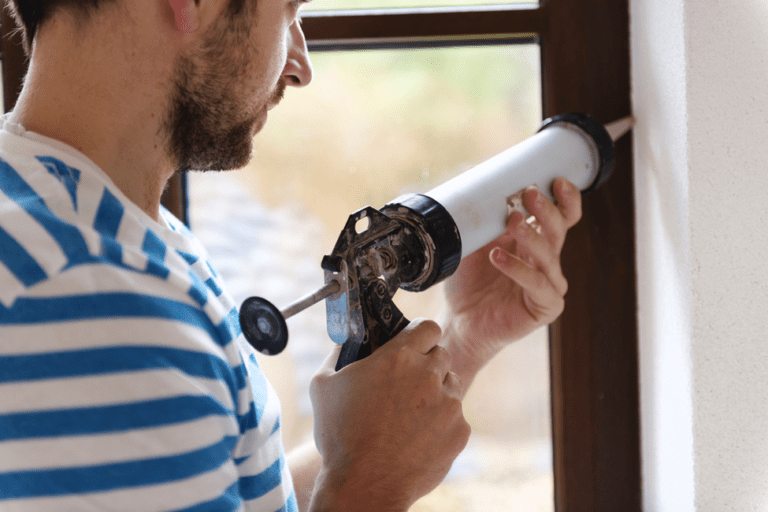By: Danielle Hegedus
According to the Department of Energy, heating and cooling your home accounts for 48% of your energy usage, making it one of your largest home expenses annually. On top of that, HVAC systems, whether you’re repairing or replacing them, can be very costly. Considering both of these factors, regularly maintaining your HVAC system, so that it runs efficiently and has a long lifespan, is one of the best investments you can make in your home. But where do you start?
Before you start tinkering around on your unit, take a minute to learn about how your system works. The manual for your unit should be available online. Once you understand the basics, there are a number of do-it-yourself improvements you can make to boost your system’s overall level of energy efficiency. A well-educated homeowner will save big bucks on their monthly utility bill and costly repairs down the road.

It’s important to regularly clean your fan to keep your system running smoothly and reduce noise. During the fall especially, units get clogged with leaves, sticks, and other debris. Before starting any work on your system, make sure you cut the power using your circuit breaker. Once that is done, you can remove the grate that covers your fan. Be careful not to misplace any screws or attachments, as you’ll need them later. With gloves on, carefully remove any debris and use a wet towel to wipe any dirt from the blades of the fan. Once you are done, replace the grate (make sure you use all the screws!) and your system should run much more quietly and efficiently. In addition to regularly cleaning your unit, consider taking preventative measures, like ensuring that there is not vegetation (trees, shrubs, etc.) within two feet of all sides of the unit.
Install a Smart Thermostat
A programmable thermostat allows you to maintain a comfortable temperature while you are home, while scaling back on your heating and cooling needs significantly when you are away from home. Allowing the temperature in your home to fall during the winter or rise in the summer by 10 degrees for an 8-hour period (your typical work day), can save you as much as 5-15% on your monthly energy bills. A popular option is the Nest Thermostat. It is easy to install, the first thermostat to be awarded the Environmental Protection Agency’s Energy Star rating, and works easily with your mobile devices.

When your home is properly insulated, your HVAC system doesn’t have to work as hard. But according to the North American Insulation Manufacturers Association, 90% of homes in the U.S. are under-insulated. Unless you know the insulation in your home has been updated since it was built, it is most likely at the bare minimum level required to meet building codes. If you feel like your HVAC unit runs all the time, you may be losing some of that heating or cooling through drafty windows or doors, or even recessed lighting fixtures that allow air to escape into the attic. You can make easy repairs using weather stripping and caulk to eliminate the leaks. Under normal conditions, you’ll want to repeat this process every 5 years.
Regularly Change Your Filters
One of the simplest ways to keep your HVAC system running smoothly is to ensure you have clean air filters. Your HVAC system sucks air from all around your house in through return vents. That air then moves through the filter and into the HVAC system where it is either cooled or heated. If your filter is dirty and clogged, your system has to work overtime to move the air. Typically, filters need to be replaced every 90 days, but if you have pets or live in an older home that is prone to heavy dust, you may need to change them more often, not just for your HVAC system to run well, but also to protect your indoor air quality.
Finally, while DIY maintenance is great, we do recommend that you have your air conditioner or central heating unit serviced by a trained professional once a year to tackle tasks that may be beyond the scope of your ability, like checking combustion in gas or oil furnaces or ensuring there are no leaks in the refrigerant line. The good news is, if you’re regularly maintaining your unit throughout the year, your annual tune-up shouldn’t come with a lot of sticker shock.
Source: www.modernize.com/hvac
November 17, 2017
